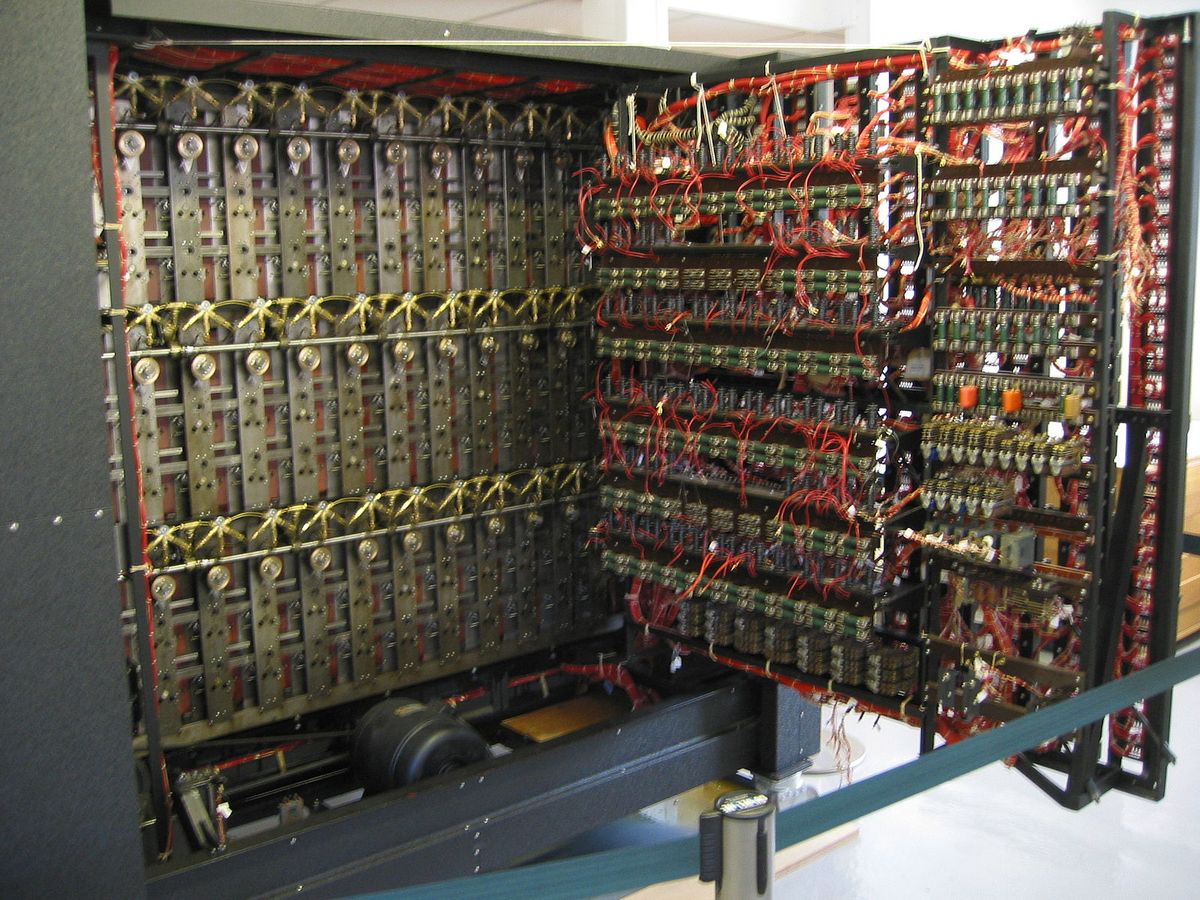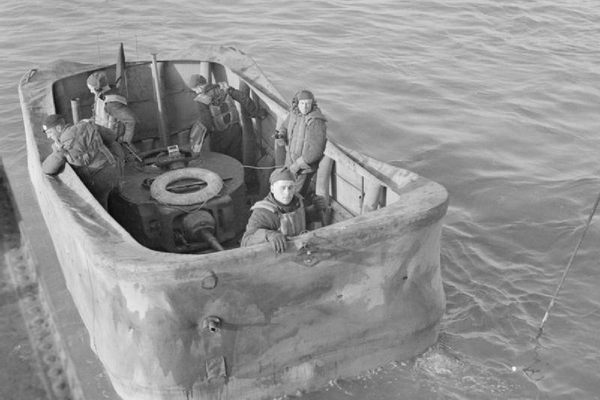About
In the summer of 1938 a well-heeled group, self described as "Captain Ridley's shooting party", arrived at the manor house at Bletchley Park.
Gourmet chef in tow, they had all the trappings of gentlemen ready for a weekend of leisurely riding and hunting, but in fact they seeking the out-of-the-way estate not for retreat but for secrecy: they were looking for a place to house the government's top secret codebreakers.Known during WWII as Station X, the manor house and extensive grounds of Bletchly Park were home to some of wartime Britain's greatest minds. It was here that the counter-intelligence forces of the British government finally broke the infamous Axis Enigma code. Today the property acts as the National Codes Centre and the National Museum of Computing.The name Station X actually refers to the Roman numeral X, as Bletchley was the tenth such station. The lands date back to 1086, but the mansion dates from the late Victorian era. When the property came available in 1938, it was nearly demolished. The land was bought by Admiral Sir Hugh Sinclair. Located near Oxford & Cambridge, convenient for access to mathematicians and scholars, the site eventually employed about 10,000 people during the war.The most famous of the brilliant minds at Bletchley was Alan Turing, mathematician and cryptographer, who worked out a room in a cottage in the stable yard.The secrets of Bletchley Park's role in codebreaking only revealed in the 1970s, and in 1991 it was nearly sold, bringing to light the uncomfortable fact that the British Government never actually owned this key piece of property and history. Lucky for all of us, the details were sorted and it opened to visitors in 1993.
Related Tags
Published
January 13, 2014
































